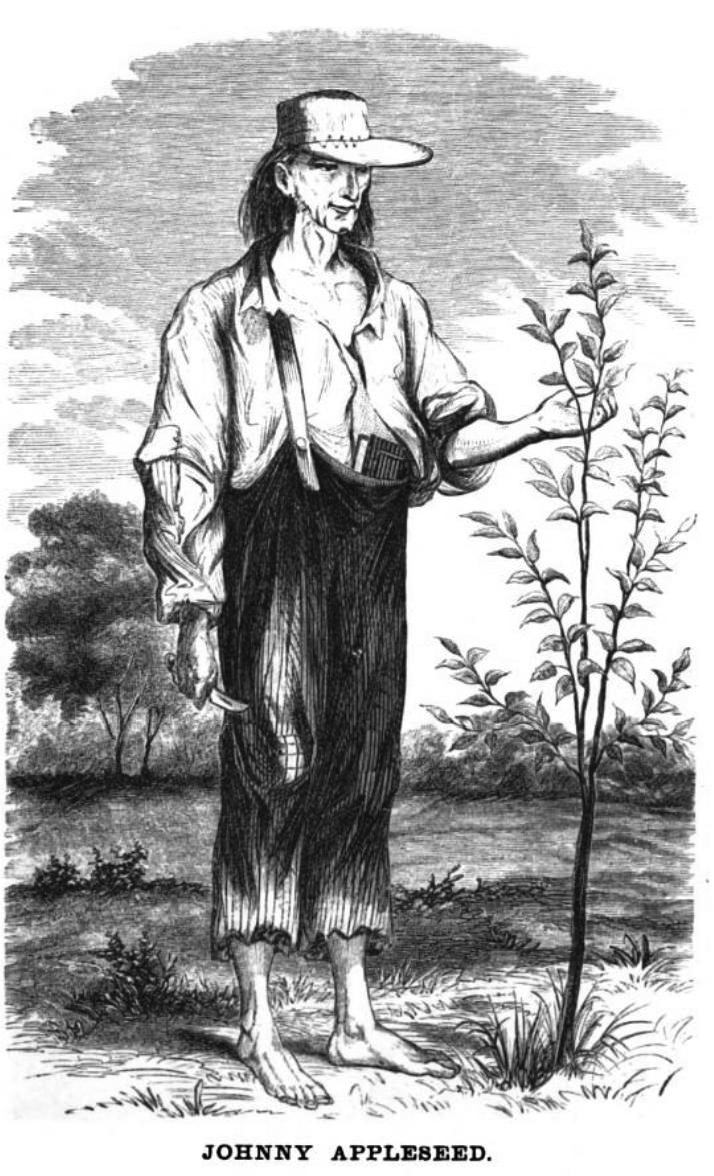
Word of the Day: Platitude
Paul Schleifer
There are two definitions of platitude in the OED, and it is the second one which is the more familiar. The first is “The quality (esp. in speech or writing) of dullness, insipidity, or banality,” which sounds more like platitudinous, and the second is “A dull and commonplace or trivial remark or statement.”
Www.etymonline.com says that the English word is “from French platitude “flatness, vapidness” (late 17c.), from Old French plat “flat” (see plateau (n.)); formed on analogy of latitude, etc. Meaning “a flat, dull, or commonplace remark” is recorded from 1815.
The PIE root, *plat, meaning “to spread;” is an extension of the root *pele-(2) “flat; to spread.” There is a whole host of words based upon *plat-, including flat (adj.) “without curvature or projection;” flat (n.) “a story of a house;” implant; piazza; place; plaice; plane; plant; plantain (n.2); plantar; plantation; plantigrade; plat; plate; plateau; platen; platform; platinum; platitude; Platonic; Plattdeutsch; platter; platypus; plaza; supplant; and transplant.
Today in the U.S. is Johnny Appleseed Day. For those of you not from the U.S. or not familiar with the story, Johnny Appleseed supposedly traveled throughout the states planting apple seeds in order to introduce apple trees, and thus apples, to Pennsylvania, Ohio, Indiana, and Illinois (as well as Ontario).
The truth, apparently, is that John Chapman (1774-1845) established nurseries in a variety of towns in Pennsylvania, Ohio, Indiana, and Illinois, that he would fence in his nurseries and leave them in the care of neighbors. He actually owned these nurseries. Then he would visit each nursery every year or two to care for them. He did not believe in grafting but only planted seeds. He also sold his trees as well as his apples.
In addition to planting trees, John Chapman evangelized. He was a follower of Emanuel Swedenborg, and he proselytized everywhere he went, which included not only the settlements of Christians but also the villages of Native Americans, particularly the Mohicans. He was itinerant his entire adult life, rarely staying in one place for very long. He was also a lover of nature, a kind of American St. Francis, and toward the end of his he became a vegetarian for reasons of principle. One story about his fondness for animals says that he cared for a wolf with a broken leg, and the healed wolf then adopted him and followed him around for years.
While he was not a great businessman (apparently he figured people would pay him for his trees when they had the money to do so), he did make a good bit of money. But he didn’t like banks, so he would bury cash in various places, at times not returning to retrieve his money for years. But despite having a good bit of money, he lived a life of poverty, carrying all of his possessions with him, sleeping out of doors, and without shoes.
John “Johnny Appleseed” Chapman died suddenly on March 18, 1845 at 70. People who saw him said that he didn’t even look 60.
He is remembered today not only in the folk tales of the spreader of apple seeds but also in the Swedenborgian hymn, “Oh, the Lord is Good to Me,” which some American homes sing as a kind of grace before meals.
For most of us, when we hear someone say that we should live in harmony with nature, it is nothing but a platitude. But John Chapman lived roughly 200 years ago, and he was able to pull it off.
The image is a drawing of John Chapman, aka Johnny Appleseed. It appears in A History of the Pioneer and Modern Times of Ashland County by H. S. Knapp (Philadelphia: J. B. Lippincott, 1862). The thing on his head is not a hat but rather a pan which he used for cooking vegetables, and which he carried on his head.